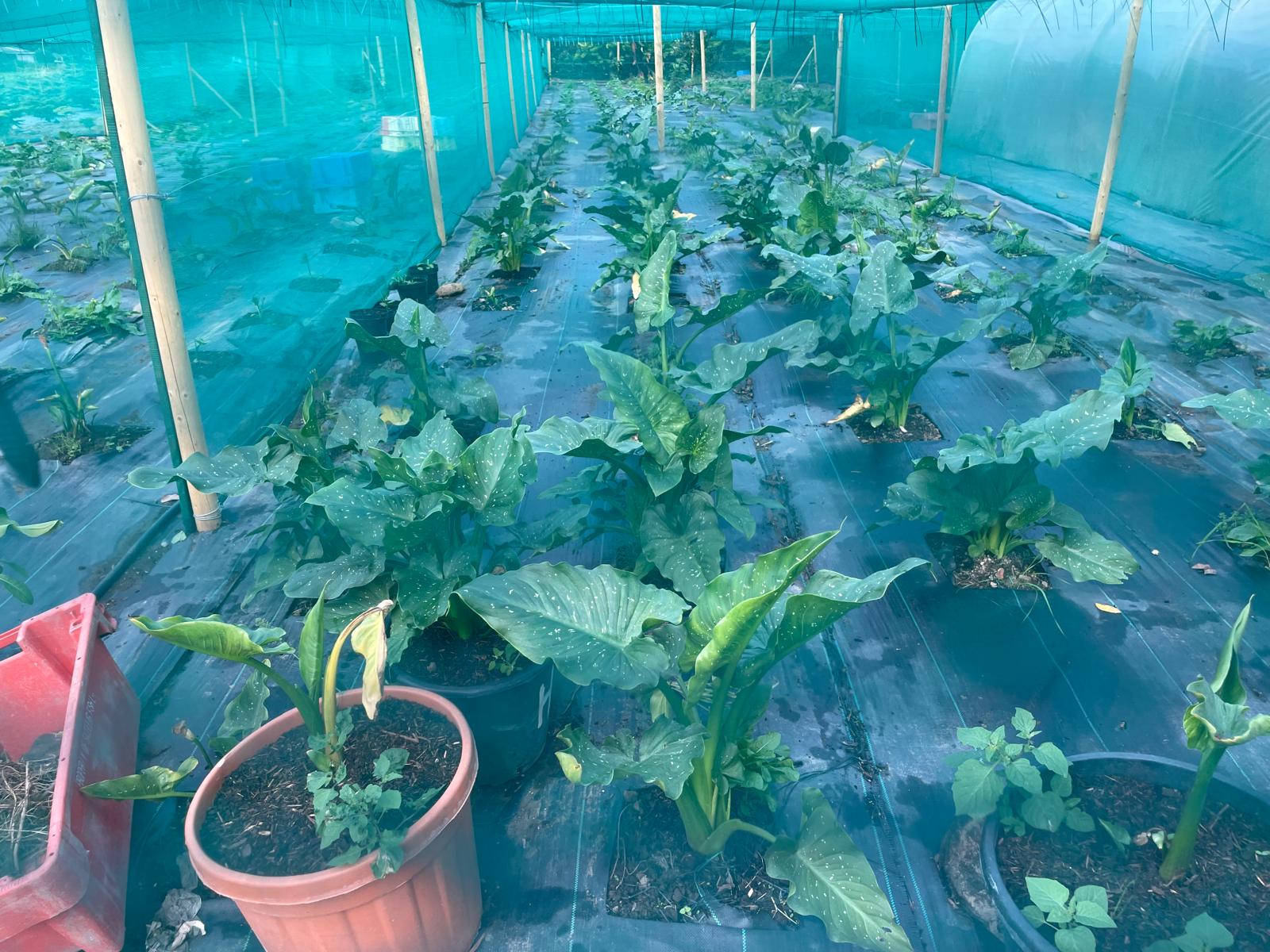Your cart is currently empty!
Calla Lily Stem: A Comprehensive Guide to Its Care and Uses

“`html
Introduction
The calla lily, with its striking trumpet-shaped blooms and elegant stems, is a beloved plant in gardens and homes around the world. Its graceful appearance and versatility make it an excellent choice for both indoor and outdoor decor. Calla lily stems play a crucial role in the plant’s overall health and aesthetics. Understanding their care and uses will enable you to enjoy these stunning plants to their fullest.
Anatomy of a Calla Lily Stem
- Rhizome: The underground base of the plant; it produces roots and shoots.
- Tuber: A swollen, underground stem used for nutrient storage.
- Cataphylls: Leaf-like structures that wrap around the stem below the flower.
- Scape: The flower stalk; a hollow tube that rises from the rhizome.
- Spathe: A large, petal-like structure that encloses the spadix.
- Spadix: A fleshy spike that bears the tiny flowers of the calla lily.
Care for Calla Lily Stems
Watering
- Water calla lilies regularly, especially during the growing season.
- Keep the soil moist but avoid overwatering, as it can lead to root rot.
- Water deeply and allow the excess water to drain.
Fertilization
- Fertilize calla lilies monthly during the growing season with a balanced fertilizer.
- Use a fertilizer specifically designed for flowering plants.
- Follow the instructions on the fertilizer label carefully.
Sunlight
- Calla lilies prefer partial shade.
- Too much direct sunlight can scorch the leaves.
- In hot climates, provide afternoon shade for the plants.
Support
- Calla lily stems can grow tall and may need support, especially in windy conditions.
- Use stakes or trellises to provide support.
- Tie the stems loosely to the support to avoid damage.
Uses of Calla Lily Stems
Floral Arrangements
- Calla lily stems are highly sought after in floral arrangements.
- Their elegant and dramatic shape adds height and interest to bouquets.
- Calla lilies are available in various colors, including white, pink, yellow, orange, and purple.
Garden Borders
- Calla lily stems create a striking border in gardens.
- Their height and foliage provide a lush background for other plants.
- Mass planting of calla lilies creates a dramatic effect.
Container Gardening
- Calla lilies are well-suited for container gardening.
- Choose a container with drainage holes.
- Use a potting mix specifically designed for container plants.
Cut Flowers
- Calla lily stems make excellent cut flowers.
- Cut the stems at an angle to maximize water absorption.
- Place the cut flowers in a vase filled with cold water.
Common Problems
Yellowing Leaves
- Yellowing leaves can be a sign of overwatering.
- Let the soil dry out before watering again.
- Check for root rot; remove any affected roots.
Browning Tips
- Browning tips on the leaves can be caused by too much direct sunlight.
- Provide afternoon shade for the plants.
- Increase watering frequency during hot weather.
Aphids
- Aphids are small, sap-sucking insects that can infest calla lilies.
- Use insecticidal soap or neem oil to control aphids.
- Encourage beneficial insects, such as ladybugs, to prey on aphids.
Conclusion
Calla lily stems are an integral part of the plant’s beauty and functionality. By understanding their care and uses, you can enjoy these stunning flowers to their fullest. Whether you are growing them in your garden, using them in floral arrangements, or simply admiring their beauty, calla lily stems will bring a touch of elegance and grace to any setting.
“`
Our Shop
-
Crowborough — Zantedeschia aethiopica ‘Crowborough’
-
Green Goddess — Zantedeschia ‘Green Goddess’
-
Hercules — Zantedeschia aethiopica ‘Hercules’
-
Highveld — Zantedeschia ‘Highveld’
-
Odorata — Zantedeschia odorata
-
Pink Flamingo — Zantedeschia ‘Pink Flamingo’
-
Pink Mist — Zantedeschia ‘Pink Mist’
-
White Giant — Zantedeschia aethiopica ‘White Giant’










Leave a Reply